Perennials are notoriously more expensive than annuals, and you will pay a pretty penny for hydrangea shrubs, so knowing all you can before purchase is essential.
The hydrangea is hardy and easy to grow without needing much special attention. They generally don't need pruning or special fertilizer and will bloom year after year without your help. They grow into good size shrubs that can be used as singular points of interest in the garden or grouped to form a beautiful hedge. No wonder this flowering shrub is a favorite among gardeners.
Hydrangeas grow in many parts of the world, but the ones I am most familiar with grow in my area of the northeastern United States. Before you buy online, consult a Zone Map to help you choose which ones will thrive in your area.


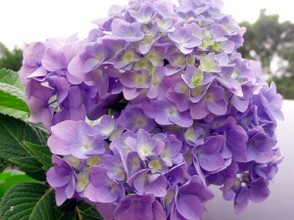
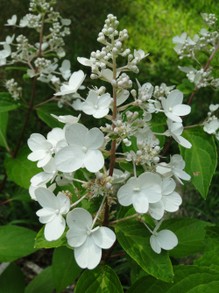
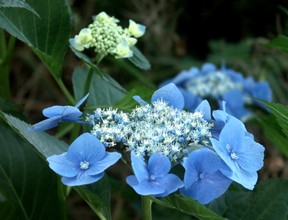



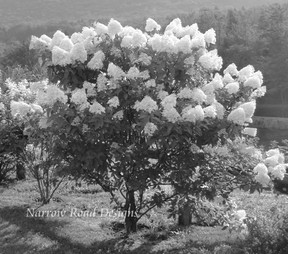 In my photo here you can see some hydrangeas that have been shaped into small trees. I took this picture when vacationing in the White Mountains of New Hampshire.
In my photo here you can see some hydrangeas that have been shaped into small trees. I took this picture when vacationing in the White Mountains of New Hampshire.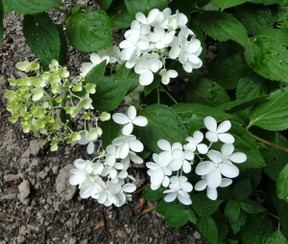
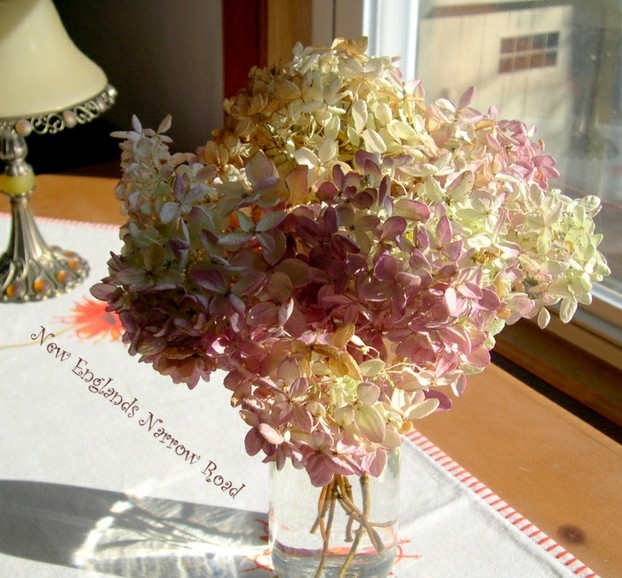
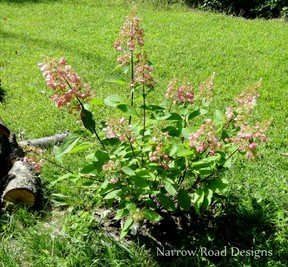 The pinky winky is unique because the elongated (cone-shaped) flowers begin as white and then turn pink from the bottom up. (See my photo of this one as a white bud near the top of this page.)
The pinky winky is unique because the elongated (cone-shaped) flowers begin as white and then turn pink from the bottom up. (See my photo of this one as a white bud near the top of this page.)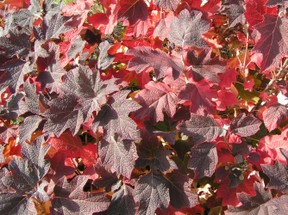
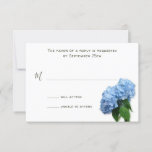
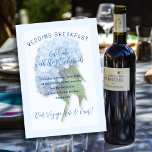
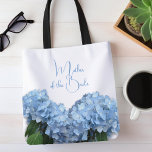


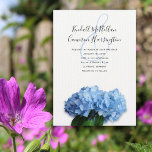
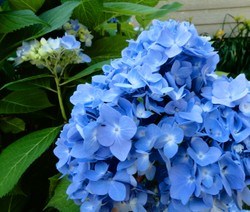

 Wedding Welcome Sign Ideason 09/25/2025
Wedding Welcome Sign Ideason 09/25/2025
 Unleash Your Child's Green Thumb With Grow Box Gardeningon 04/27/2025
Unleash Your Child's Green Thumb With Grow Box Gardeningon 04/27/2025
 Preparing a Camper Inside For Travelon 10/06/2023
Preparing a Camper Inside For Travelon 10/06/2023
 Thanksgiving Greeting Cardson 10/01/2023
Thanksgiving Greeting Cardson 10/01/2023
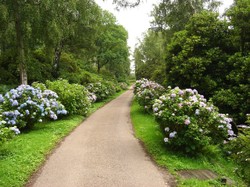

Do you grow hydrangeas?
Great idea.. thank you!
I'm pinning this to my Victorian board.
@cazort, I found a bit of info at Dave's Garden site on the Silverleaf, http://tinyurl.com/pq9a6db ...and I'm excited to hear it loves the shade because I have so much of it in my yard. Thanks for the info.
I've recently started landscaping exclusively with native plants, and I was pleased to find it is native to North America. Another beautiful native one is the Silverleaf hydrangea, Hydrangea radiata. There's also the ashy hydrangea, Hydrangea cinerea; the silverleaf one is more shade-loving and the ashy one more sun-loving from what I've read. I was surprised to find 3 species native to the US because I normally think of these as an East Asian plant.
Thanks very much Derdriu.
Dustytoes, Hydrangeas are so lovely and so fragrant, and their colors are enchanting. The purity of their whites and the blueness of their blues captivate on their own, and then a breeze comes along to remind one and all that hydrangea flowers are more than just a pretty face: their aroma matches their beauty.
Your creativity in transferring their beauty to your art is inspiring.
Thank you for the visit!
Love the hydrangeas, they are beautiful and come in many shades.
Ha ha... I'd love to have a hydrangea tree!
There is a house on my street with a tree that gets beautiful, huge, pink flowers. I've been trying to find out what that tree is for four years. Now I know it's a hydrangea tree. You solved the mystery for me.